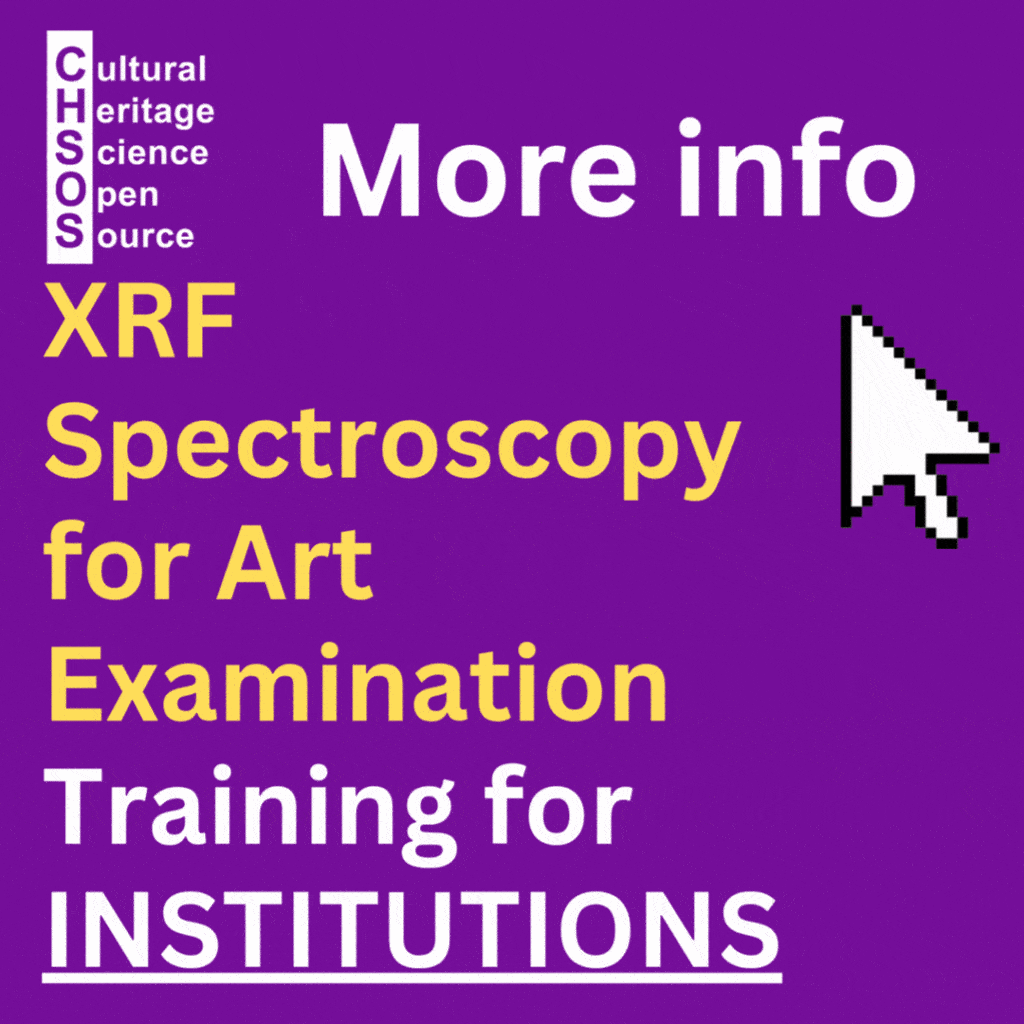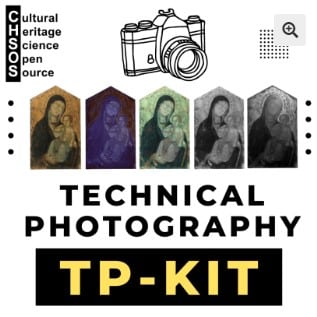Home » Case Studies » 19th-century South-Asia Islamic manuscript
19th-century South-Asia Islamic manuscript
This object is a single, irregularly shaped sheet of aged paper containing handwritten Arabic text in brown ink. The sheet shows significant signs of wear: edges are torn, frayed, and uneven, particularly on the left and right sides, indicating age and possibly rough handling or insect damage.
The paper is yellowed and displays dark stains and watermarks, near the center. Some holes and small losses appear throughout the sheet.
The handwriting is in a traditional Arabic script, flowing and consistent, likely written with a reed pen (qalam) using iron-gall or similar historical ink.
The text appears to be prose-like religious or ethical, possibly a moral exhortation, a prayer, or a short treatise. It contains many typical formulas invoking God, good deeds, patience, charity, divine rewards, and protection. Script seems to be a form of Maghrebi-influenced or Indian-regional Arabic handwriting (common in India, Pakistan, Afghanistan in the late 19th–c.). The script shows features typical of South Asian Arabic handwriting, with elongated descenders, rounded letterforms, and frequent ligatures.
The repeated references to Paradise, almsgiving, the Day of Judgment, mercy, and righteousness indicate it may be part of a didactic Islamic manuscript, possibly used for teaching or recitation.
This fragment is a representative example of vernacular Islamic manuscript culture in South Asia during the late 19th century. While not a luxury manuscript, it preserves evidence of: regional handwriting practices, devotional didactic literature, the materials and inks typical of everyday manuscript production.
The text contributes to the study of popular religious instruction and manuscript use in the Indo-Islamic world.

The Paper
IRT reveals the laid paper structure and a possible watermark. The FTIR spectrum of the paper displays only the characteristic cellulose peaks. XRF analysis shows identical spectra for both paper and ink, indicating that the ink does not contribute a distinct elemental signal. The paper contains low levels of calcium and iron. UVF imaging highlights an early foxing spot that is not yet visible to the naked eye.




The Ink
Lorem ipsum dolor sit amet, consectetur adipiscing elit. Ut elit tellus, luctus nec ullamcorper mattis, pulvinar dapibus leo.
Technical Photography
UVF (Ultraviolet Fluorescence)
The UV fluorescence image reveals a relatively recent varnish layer that appears dark, covering most of the surface except for the outer borders. The difference in fluorescence at the edges suggests that the varnish may not extend uniformly to the margins, possibly due to framing or later cleaning interventions.
UVR (Reflected Ultraviolet)
In the UV-reflected image, the white areas strongly reflect UV radiation, ruling out the presence of titanium white (introduced in the 20th century) and indicating the use of lead white, consistent with 19th-century materials.
IR (Infrared)
Several small red spots appear brighter in the infrared image, suggesting the presence of retouching or later interventions applied with materials that are more transparent/reflective in the IR range.
IRFC (Infrared False Color)
The IR false-color image further confirms these retouched areas, making them more immediately visible. The comparison between the IR and IRFC images highlights the same zones of intervention, providing clear evidence of localized restorations.



















